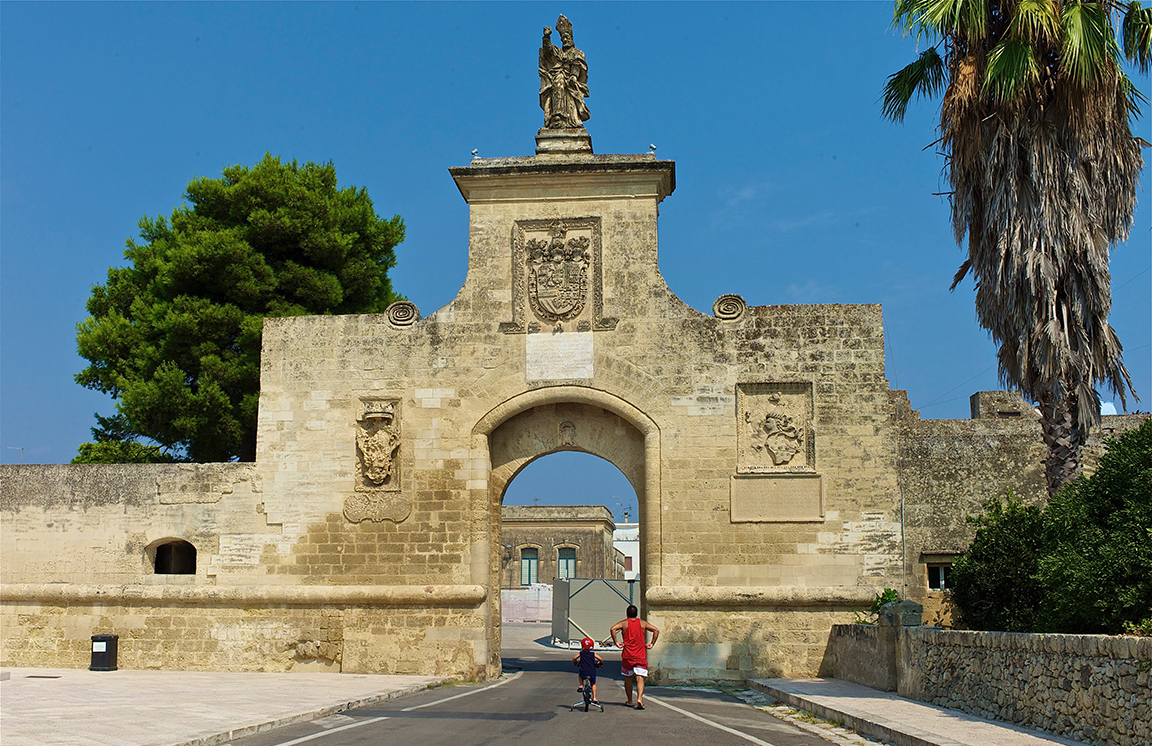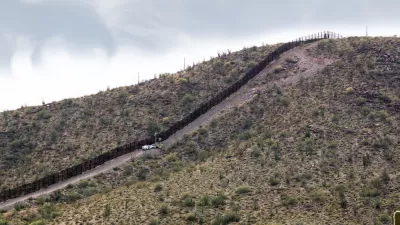A year of political obsession with walls along national borders has Chuck Wolfe contemplating city gates of the past and present. Using the foil of proposed border walls, he examines the historic role of city gates, modern gateways, and more.
In a time of urbanization, refugee and "arrival cities," Wolfe asks, how and why would a city differentiate itself from its barrios, suburbs and exurbs? If so, what form would this entry take, or would it have any form at all?
He then examines the signature, historic, feature of urban grandeur—the city gate—which was once the point of access to and from walled cities, championed by Biblical passages championing safety, and defense. He discusses gates as ornamental artifacts, and how, ironically, public art sometimes remember city gates that that never were, and how cities like New York bestow the "Key to the City" as a symbolic gesture in honor of civic contribution.
With gate-less cities came less restricted gateway, he notes, with the historic, defensive city gate lost to history (with the exception of "gated community" residential enclaves, security-based, but often seen as inequitable). He concludes with a description of modern, often virtual gateways, including a first, virtual visit by Google Street View mouse clicks from across the world. Yet, with irony, he observes: "Even in this age of ubiquity, maybe nothing has changed. In this political year, some among us still need tangible structures to assert the power and defense of times gone by."

FULL STORY: City Gates: Now You See Them, Now You Don't

Americans May Be Stuck — But Why?
Americans are moving a lot less than they once did, and that is a problem. While Yoni Applebaum, in his highly-publicized article Stuck, gets the reasons badly wrong, it's still important to ask: why are we moving so much less than before?

Using Old Oil and Gas Wells for Green Energy Storage
Penn State researchers have found that repurposing abandoned oil and gas wells for geothermal-assisted compressed-air energy storage can boost efficiency, reduce environmental risks, and support clean energy and job transitions.

Placekeeping: Setting a New Precedent for City Planners
How a preservation-based approach to redevelopment and urban design can prevent displacement and honor legacy communities.

San Francisco’s Muni Ridership Grew in 2024
The system saw its highest ridership since before the Covid-19 pandemic, but faces a severe budget shortage in the coming year.

Colorado Lawmakers Move to Protect BRT Funding
In the face of potential federal funding cuts, CDOT leaders reasserted their commitment to planned bus rapid transit projects.

Safe Streets Funding in Jeopardy
The Trump administration is specifically targeting bike infrastructure and other road safety projects in its funding cuts.
Urban Design for Planners 1: Software Tools
This six-course series explores essential urban design concepts using open source software and equips planners with the tools they need to participate fully in the urban design process.
Planning for Universal Design
Learn the tools for implementing Universal Design in planning regulations.
Heyer Gruel & Associates PA
City of Moreno Valley
Institute for Housing and Urban Development Studies (IHS)
City of Grandview
Harvard GSD Executive Education
Salt Lake City
NYU Wagner Graduate School of Public Service
City of Cambridge, Maryland




























